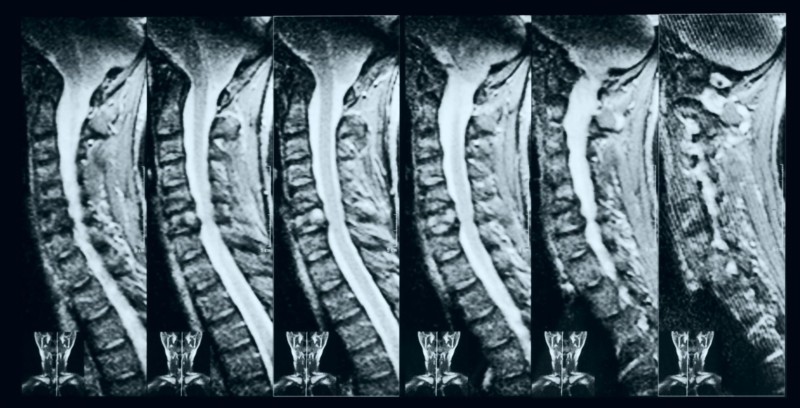What is a Transverse Process Fracture of the Spine?
Category: Spinal Cord Injury | Author: Stefano Sinicropi

As we alluded to earlier this week in our post about Tony Romo, the quarterback is dealing with a compression fracture in his spine. This isn’t the first time he’s dealt with a spine injury, as he had to deal with a transverse spinal process fracture back in 2014. Today, we explain what constitutes a transverse fracture, and we share some treatment techniques and what to watch out for.
Transverse Process Fractures
To understand what occurs during a transverse spinal process fracture, we first need to explain what a transverse process is. Each vertebrae in your spine has two transverse processes, one on each side of the vertebrae. They extend off both sides of the spine, and the transverse process is the location where your muscles and ligaments attach to the spinal vertebrae.
One of these muscles that attaches to your spinal process is called the psoas muscle, which is responsible for controlling the forward bending motion of your upper body and thighs. During a car accident, fall, or in Tony Romo’s case, a hard hit from a defender, the psoas muscle can contract with such force that it can pull off a chip of bone from the spinal process. Fortunately, this fracture does not cause injuries to the spinal cord or the surrounding nerves. That being said, transverse process fractures can cause internal bleeding, so you should contact a back specialist immediately if you experience any of the following symptoms:
- Increasing spine or abdominal pain
- Dizziness, weakness or fainting
- Blood or discoloration in your urine
- Loss of bladder control
- Numbness in your legs
- Chest pain/shortness of breath
Transverse Process Fracture Treatment
Even though it’s classified as a fracture, a transverse process spinal fracture is more similar to a muscle sprain. This injury can take anywhere from 2-6 weeks to fully heal, and it generally heals fully without the need for surgery. Normal treatment routines involve rest and pain medications, and a back brace is sometimes used to stabilize the spine and limit discomfort from movement. Treatment progresses as pain subsides, meaning you can begin to take on more activity as discomfort fades. That being said, be sure to take it slow, as trying to jump back into physical activity after a transverse process injury can lead to re-injury and an extended recovery time.